Activism
Dora Askowith
Dora Askowith, author, historian, and college educator, believed that a knowledge of Jewish women’s history would serve as a catalyst for organization, activism, and moral leadership. She taught women at Hunter College for a total of forty-five years and wrote that she was anxious to teach college students Jewish history because they were “poorly versed in the history of their own faith.”
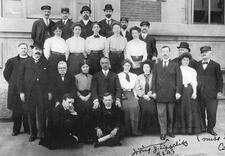
Assimilation in the United States: Nineteenth Century
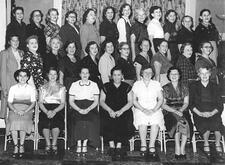
Assimilation in the United States: Twentieth Century
Jewish women assimilating into a changing American society across the twentieth century navigated often conflicting gender roles. As they strove to achieve upward social mobility, they adapted Jewish assumptions of what women, especially married women, should do to accommodate American norms for middle class women. Their collective accomplishments registered in political activism, organizational creativity, strong support for feminism, religious innovation, and educational achievement in the face of antisemitism, stereotypes, and denigration.
Associazione Donne Ebree D'Italia (ADEI)
The Association of Italian Jewish Women, or ADEI, was founded in 1927 in the city of Milan, Italy, home to the second largest Jewish community in the country.
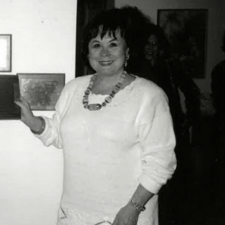
Auberge Shalom Pour Femmes
Auberge Shalom pour femmes was established in Montreal, in 1989, after a Jewish woman was murdered by her husband. It was the first and only Jewish shelter for women in Canada. The organization opened an additional point of service in 2002, providing counselling and support through an external office.
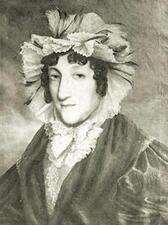
Australia: 1788 to the Present
The first Jewish women, like the first Jewish men, arrived in Australia on the very first day of European settlement in 1788. Those convict pioneers were followed by free settlers who made Jewish communal and congregational life viable and helped to develop the vast continent. Jewish women have made significant contributions to Australia's national story.
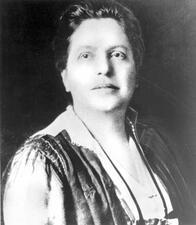
Autobiography in the United States
As the status and roles of women in American and Jewish life changed over the twentieth century, more and more American Jewish women turned to autobiographical writing as a means of documenting these changes and addressing questions of American, Jewish, and female identity. Jewish women created accounts of the immigrant experience, feminist or activist involvement, political and literary involvement, Holocaust survival narratives, as well as coming-of-age memoirs.

Helène Aylon
Helene Aylon was an American, New York-based, multimedia visual artist who began by creating process art in the 1970s, focused on anti-nuclear and eco-activist art by the 1980s, and subsequently devoted more than 35 years to the multi-partite installation The G-d Project. This last body of work’s often direct or indirect textuality resonates from and responds to Judaism’s traditionally male-dominated textuality as part of a larger commentary on women in Judaism.
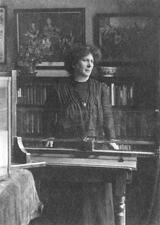
Hertha Ayrton
Hertha Ayrton was a distinguished British scientist who was the first woman to receive the Hughes Medal of the Royal Society for a scientific work that was exclusively her own. She was committed to suffrage activism and ensuring proper recognition of women’s scientific work.

Sara Azaryahu

B'nai B'rith Women
Created at the beginning of the twentieth century, B’nai B’rith Women expanded its role during both World Wars. Although gender roles after World War II reverted to a more conventional structure, in the 1960s BBW shifted its efforts to reflect the antipoverty and feminist campaigns of the period.
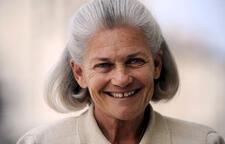
Elisabeth Badinter
Elisabeth Badinter is one of France’s most prominent and controversial philosophers. Among her most important contributions figure her numerous writings about feminism and gender relations, which emphasize the importance of “equality through resemblance,” as well as her historical works on the Enlightenment.
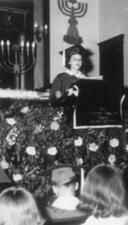
Elaine DeLott Baker
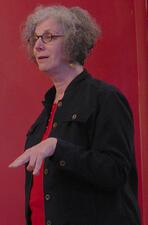
Diane Balser
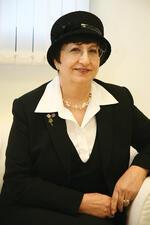
Adina Bar-Shalom
Adina Bar-Shalom defines herself as a Haredi woman, not a feminist but a go-getter. She is involved in and has initiated Israeli cultural, public and political activities in conjunction with secular organizations and activists and has participated in many social fora.
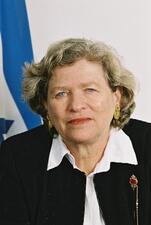
Elisheva Barak-Ussoskin
Lizzie Spiegel Barbe
Lizzie Spiegel Barbe, a member of a prominent Chicago family, devoted more than fifty years of her life to being a clubwoman and leader within the Chicago Jewish community. Like other “Jewish Clubwomen” of this era, Barbe was motivated to establish leadership roles for women that had previous not existed within the organized Jewish community.
Hannah Barnett-Trager
Hannah Barnett-Trager’s involvement in the literary world began when she helped found and then worked as a librarian at the Jewish Free Reading Room in London. She published her first article in 1919 and went on to write books for both children and adults. Trager’s writing discussed Jewish culture and politics, often drawing from her own experiences.
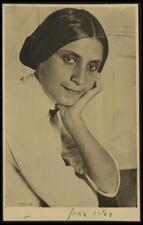
Devorah Baron
Devorah Baron is one of the few Hebrew women prose writers in the first half of the twentieth century to gain critical acclaim in her lifetime. She wrote primarily about Jewish women’s lives, focusing on the challenges women faced in a society that did not value them equally. Her work was in dialogue with European writers, including Chekhov and Flaubert, and with Hebrew modernist writer S. Y. Agnon.
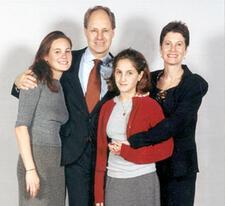
Patricia Barr

Jennie Loitman Barron
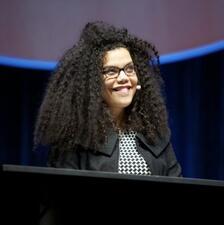
April Baskin
Matilde Bassani Finzi
Matilde Bassani Finzi was an active Italian anti-fascist who relentlessly fought the injustices of Mussolini and the Nazis. She continuously worked towards the ideals in which she believed: freedom, democracy, and equality for women.
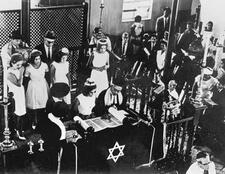
Bat Mitzvah: American Jewish Women
When Judith Kaplan Eisenstein became the first American girl to mark her bat mitzvah on March 18, 1922—two years after women were guaranteed the right to vote in the US—she recalled “shock[ing] a lot of people,” especially her disapproving grandmothers. Today, American girls across the Jewish spectrum, from secular to ultra-Orthodox, mark their coming-of-age in various forms.
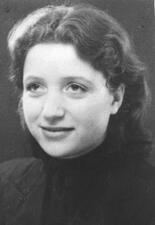
Baum Gruppe: Jewish Women
Formally created in 1938 and 1939, the Baum group was a German anti-Fascist resistance organization. Initially its work consisted of making and distributing anti-Fascist propaganda, but on May 18, 1942, the Baum group joined the effort to set fire to an anti-Soviet exhibit at a public park in Berlin. The damage was minimal and shortly thereafter, the Gestapo arrested hundreds of Jews in retaliation and twenty-two members of the Baum group were executed.


